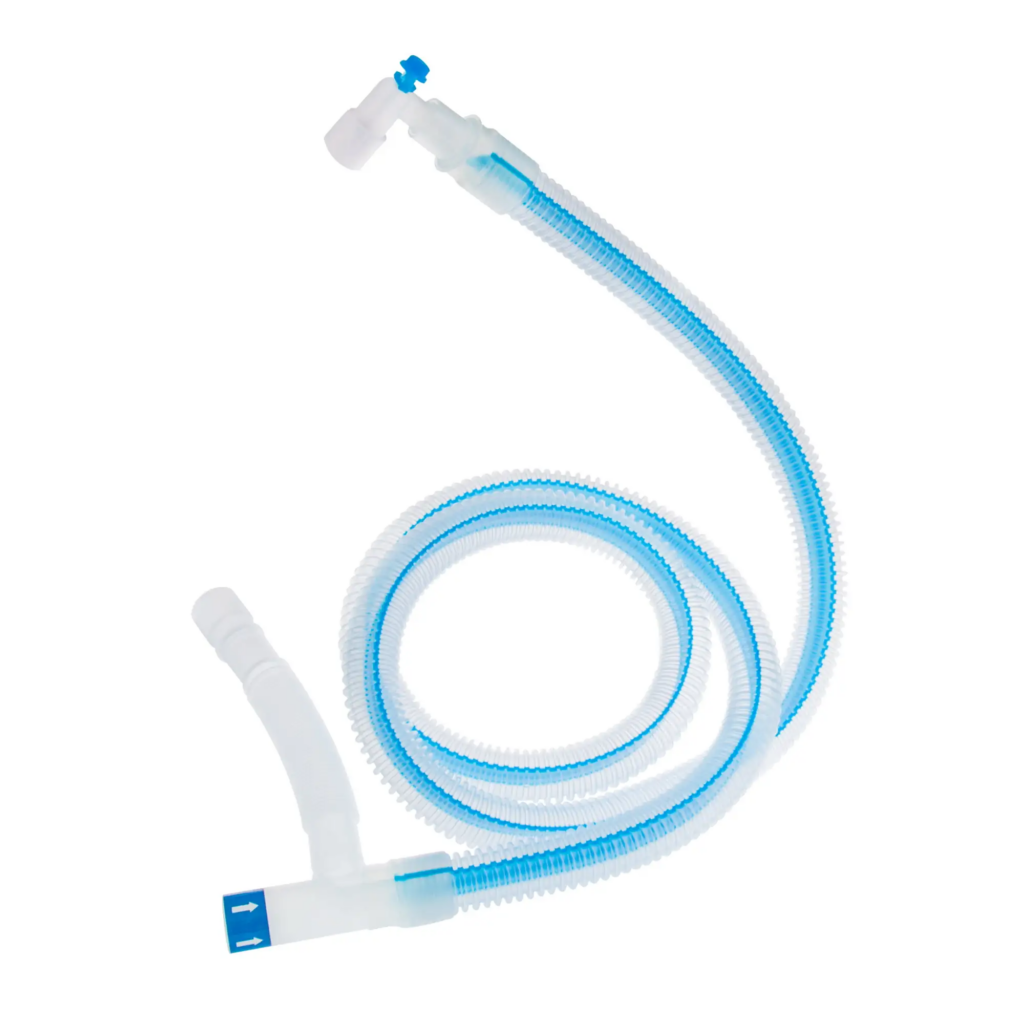The subject of what the endotracheal tube vs laryngeal tube compares to is one that frequently arises in clinical conversations. To treat patients effectively, healthcare providers need to understand the differences between these two types of airway devices. In this piece, we’ll go over the characteristics and uses of both tubes, which should assist in clarifying how they work in various medical settings.

What is an Endotracheal Tube?
An endotracheal tube is primarily used for intubation during surgical procedures or in critical care situations. It is inserted through the mouth and into the trachea to ensure a patent airway for ventilation. The primary purpose of an endotracheal tube is to facilitate the delivery of oxygen and anesthetic gases while also allowing for the removal of carbon dioxide from the patient’s lungs.
At Wellead Medical, we offer a variety of anesthesia circuits designed to work seamlessly with endotracheal tubes. Our Divisiθ Bilumen Circuit features a smooth, bilumen inner wall design that improves internal flow and reduces breathing resistance. This innovative design eliminates the need for large diameter multiple tubing, making our circuit lighter and smaller, thus creating a less cluttered workspace for healthcare professionals.
What is a Laryngeal Tube?
In contrast, a laryngeal tube is designed for airway management without the need for intubation. The laryngeal tube is placed in the pharynx, allowing for ventilation while bypassing the trachea, which makes it a suitable option in emergencies or for patients requiring short-term airway support.
When discussing endotracheal tube vs laryngeal tube, it’s important to note that while both devices aim to maintain a clear airway, the laryngeal tube offers a simpler insertion technique and is often preferred in situations where rapid airway access is necessary. The laryngeal tube can be particularly beneficial in managing difficult airways or among patients with anatomical challenges.
Features and Benefits of Our Anesthesia Circuits
Wellead Medical’s Divisiθ Bilumen Circuit is designed to cater to various patient populations, from large adults down to pediatrics and infants. One of the standout features is its suitability for low and ultra-low flow anesthesia, which is essential for minimizing the risk of hypothermia during procedures. Our circuit helps reduce patient core body temperature loss, ensuring better overall outcomes.
Additionally, we guarantee the quality of our products through 100% leak testing, providing peace of mind for healthcare providers. In the endotracheal tube vs laryngeal tube debate, understanding the strengths and applications of our anesthesia circuits can help you choose the best tools for your clinical practice.
Conclusion
In conclusion, the discussion of endotracheal tube vs laryngeal tube highlights the importance of selecting the right airway management device for your patients. At Wellead Medical, we are committed to providing high-quality solutions that enhance patient safety and comfort. By offering innovative products like our Divisiθ Bilumen Circuit, we ensure that healthcare professionals have access to the tools they need to deliver effective care.

